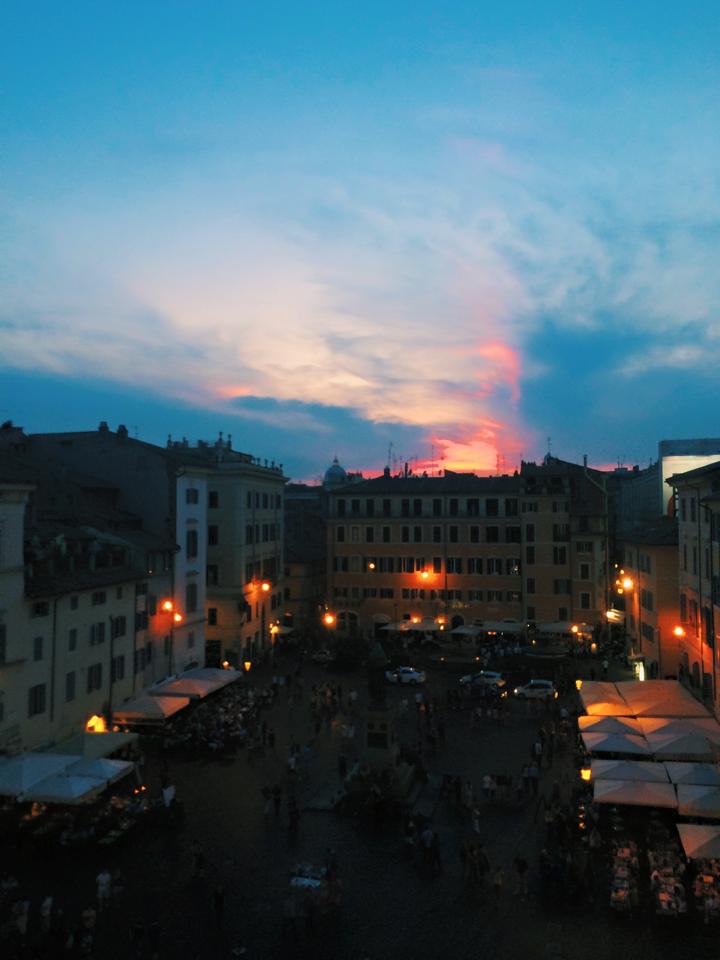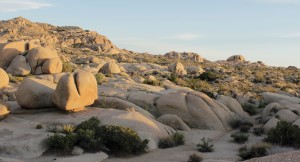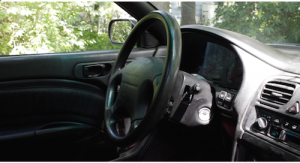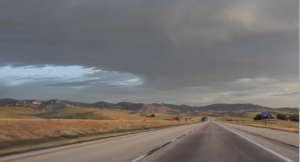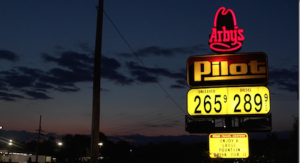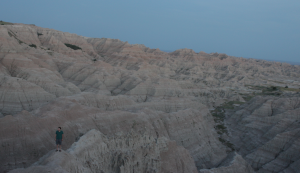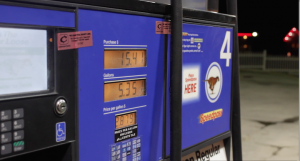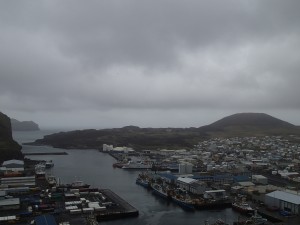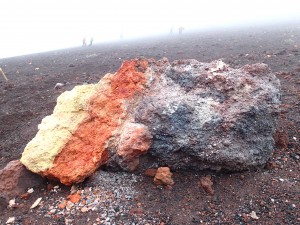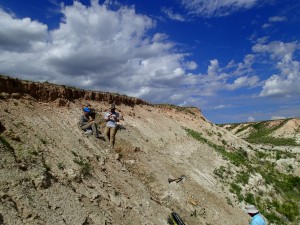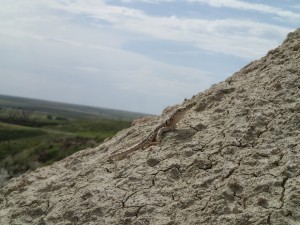This year I came back for my third semester of working at the diner. My co-workers are nice and it’s a fairly simple job. You smile at people and hand them their food. Most of the students here are polite. The only trouble is when you get your pleasantries mixed up. For example, if a customer says, “Have a good shift” and you say “You too.” Of course, the second after you say it you realize that they don’t have a shift and you wince a little. You meant to say something nice; you just used the wrong words.
We’re getting a lot of new people at the diner this month so I thought I’d write some tips on how to work there. Like I said, it’s relatively simple. As a student worker, all you really have to do is have a positive attitude and show up passably awake. That being said, here are my tips.
- Be yourself. I heard this at the customer service training session we did and it seems worth repeating. Customers don’t want to be served by a robot or someone who sounds like the lady on their GPS. For one thing that lady is really bossy. This may happen in the next fifty years as technology progresses, but in the meantime feel free to relax and joke around a little.
- Don’t cut towards your fingers. If you do, you may find yourself with one less.
- Eat before your shift. Or else you could end up trying to cram a cold tortilla into your mouth during the one o’clock rush. Trust me, it’s not good.
- Bring comfortable shoes. This job is all standing.
- If you’re spraying the warming pan on top of the stove and the stove is on, a jet of fire may shoot up. This looks really cool but make sure to get your hand out of the way if you don’t want it charbroiled.
I hope these were helpful and I look forward to seeing you at the diner, either as a co-worker or as a customer. If you say “have a good shift,” I’ll be the one who says “you too.”

